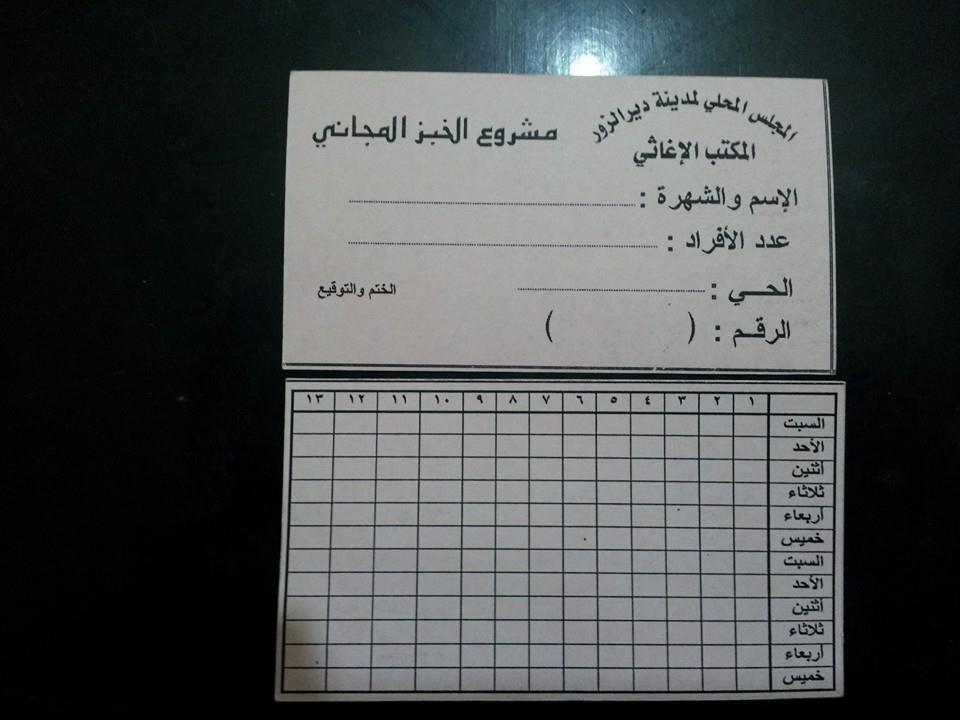The city of Deir Ezzor has risen against many occupations from Ottoman to British and French. It has been home to civilizations like the Babylonian, Assyrian, the Neo-Babylonian, and Roman Empires. This has given the people of Deir Ezzor a fiery spirit; as such, the revolt that rose against the Assad regime on April 15, 2011 was not new for the city. As such, the city was able to mobilize an amazing organizational spirit following its liberation from the Ba’ath regime in June 2012. This was crystallized in the establishment of the Local Council of Deir Ezzor, formed at the start of 2013.
The Council differs from that of other cities in Syria because of the great attention they paid to the lives of their population. Due to the quickly deteriorating situation in Deir Ezzor, the Local Council became solely responsible for all services provided to civilians: Education, Relief, Sanitation, and others.
At the time of its launch, the Council created a comprehensive Offices of Services. The Office of Services worked to fix what had been destroyed by the bombings: they distributed clean drinking water, reopened closed roads, extinguished fires, and removed rubble and debris.

The Council also worked as a Census and Population Bureau, tracking the changes in population during the war. The Council rebuilt damaged housing in order to secure the return of displaced families, communicating with them and studying ways to mitigate their situation. The Council also paid special attention to education, opening an Office of Education. The Office of Education opened 10 schools, 8 primary and 2 secondary schools. The Office held examinations for all the levels, in spite of the bombs continuously targeting schools in the city.

Deir Ezzor is a story of self-made success. The city, long neglected by the Ba’athist regime and its policies, was left to fend for itself once the regime withdrew all its institutions and services for the city. The activists of the city worked quickly to fill this vacuum, despite the neglect the city was facing at the hands of the opposition forces. The city continued to demonstrate daily in solidarity with other cities in Syria, despite the daily bombardment targeting schools, residential areas, and most notably, the bridge that connected the two points of the city. The city was also caught between fierce battles between Jabhat al-Nusra and Da’esh, that lasted until 2014, when it was named “The State of Goodness” by these groups instead of it’s name which meant, “Monstary of Low Fertile Land” in local dialect.

Da’esh has since taken over, and has punished Deir Ezzor for its moments of civic action, forcing the Local Council to disappear. The forced application of Islamic law as interpreted by Da’esh led to the displacement of over 150,000 people in 2015. More than 56% of all residential areas in Deir Ezzor have been emptied, instead becoming home to the foreign “immigrants” that make up Da’esh and their families.
If freed from Da’esh, the return of the Local Council is inevitable. Those from the Council that have not fled are now focused on exposing Da’esh crimes. The fact that they are still able to mobilize despite this latest occupation shows that they will always work, despite the struggles ahead of them.



